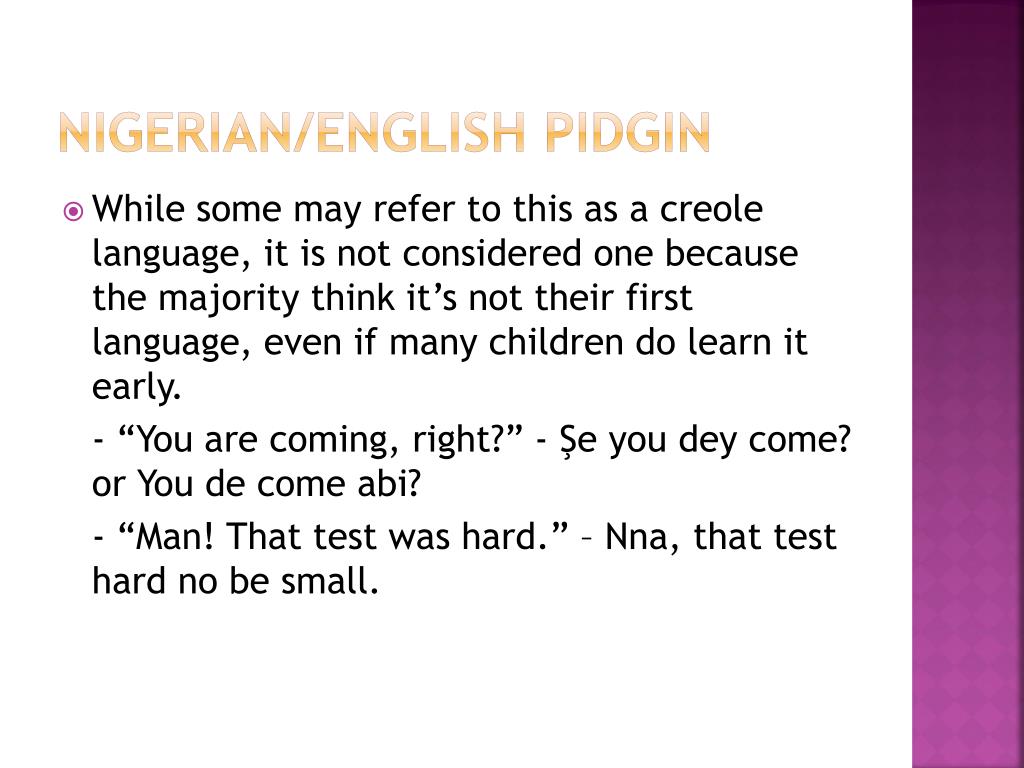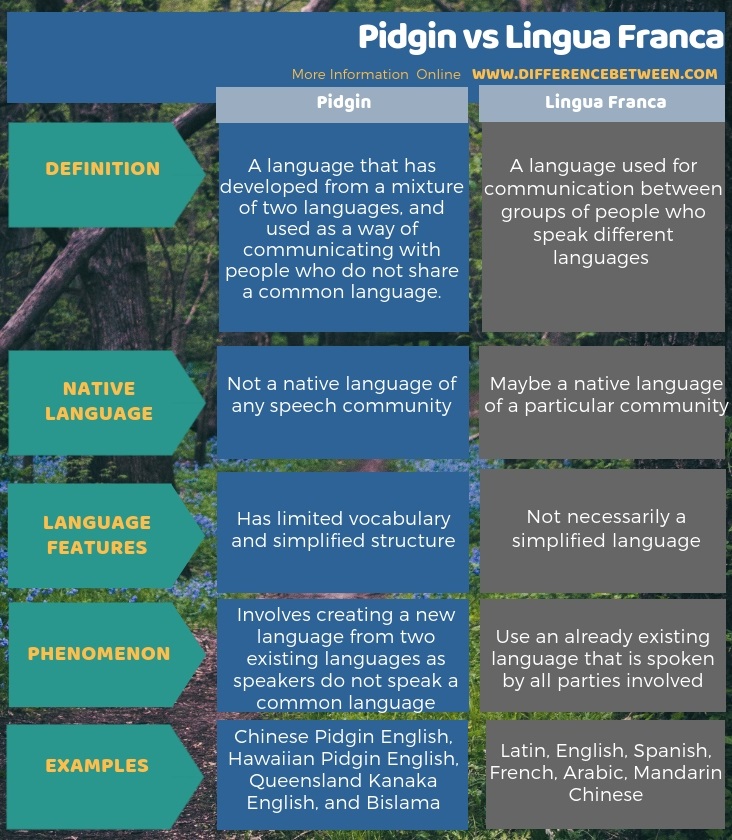
Give me a call at 808.938.3910 or email me if you are interested in learning more about pidgin or anything in general about life on the Big Island of Hawaii. Pidgin has its own unique vocabulary, grammar, and syntax, and it is a fully developed language in its own right. Pidgin languages simplify to allow communication without fluency. It is a mix of English and Hawaiian, with influences from other languages, and it is an important part of Hawaii’s cultural identity.

In summary, Pidgin is a creole language that originated in Hawaii during the 19th century and is spoken by many residents of the state today. It is a living, evolving language that reflects the diverse history and culture of Hawaii. However, Pidgin is a fully developed language with its own unique structure and vocabulary, and it is an important part of Hawaii’s cultural identity. Pidgin also has its own unique sentence structure, with the subject, verb, and object often appearing in different orders than in standard English.ĭespite its widespread use in Hawaii, Pidgin is often stigmatized and is not considered a “proper” language by some people. For example, in Pidgin, the verb “go” is often used to indicate a future event, while in standard English, the verb “will” is used. Pidgin also has its own grammar and syntax, which differ from standard English. Other common Pidgin words and phrases include “broke da mout” (delicious), “shoots” (thank you), and “wassup” (what’s up?). It is often used as a placeholder for a word that the speaker cannot remember or does not know. For example, “da kine” is a common expression in Pidgin that can mean anything or nothing at all. Pidgin has its own unique vocabulary, which includes words and phrases that are not found in standard English. Many people in Hawaii are proud of their Pidgin and use it as a way to connect with their heritage and identity. While Pidgin is not an official language of Hawaii, it is an important part of the state’s culture and history.

Pidgin is also used in the media, such as in local radio and television programs. It is commonly used in everyday conversation, and it is often used as a second language by people who speak English as their first language. Today, Pidgin is spoken by many people in Hawaii, including both native Hawaiians and non-Hawaiians. This new language, Pidgin, became a lingua franca among the plantation workers and was passed down to future generations. These immigrants, who spoke different languages, needed a common way to communicate with each other, so they developed a simplified version of English that combined elements from various languages. Pidgin first emerged in Hawaii during the plantation era, when a large number of immigrants from various countries came to work on the sugar and pineapple plantations. Broke da mout: Incredibly delicious food.Pidgin is a unique and distinct language with its own grammar, vocabulary, and syntax. Pidgin is often referred to as “Hawaii Creole English” or “Hawaii Pidgin English,” and it is not to be confused with the standard English language spoken in Hawaii. It is a mix of English and Hawaiian, with influences from other languages such as Portuguese, Chinese, and Japanese, due to the diverse immigrant population in Hawaii. Pidgin is a creole language that originated in Hawaii during the 19th century and is spoken by many residents of the state today.

Most linguists believe that a creole develops through a process of nativization of a pidgin when children of speakers of an acquired pidgin learn it and use it as their native language.Arts and Culture The Unique Language of Pidgin in Hawaii Unlike pidgins, creoles have fully developed vocabulary and patterned grammar. Ī pidgin differs from a creole, which is the first language of a speech community of native speakers that at one point arose from a pidgin.

Each pidgin has its own norms of usage which must be learned for proficiency in the pidgin. However, not all simplified or "unsophisticated" forms of a language are pidgins. Pidgins have historically been considered a form of patois, unsophisticated simplified versions of their lexifiers, and as such usually have low prestige with respect to other languages. As the lexicon of any pidgin will be limited to core vocabulary, words with only a specific meaning in the lexifier language may acquire a completely new (or additional) meaning in the pidgin. Ī pidgin may be built from words, sounds, or body language from a multitude of languages as well as onomatopoeia. A pidgin is not the native language of any speech community, but is instead learned as a second language. Fundamentally, a pidgin is a simplified means of linguistic communication, as it is constructed impromptu, or by convention, between individuals or groups of people.


 0 kommentar(er)
0 kommentar(er)
